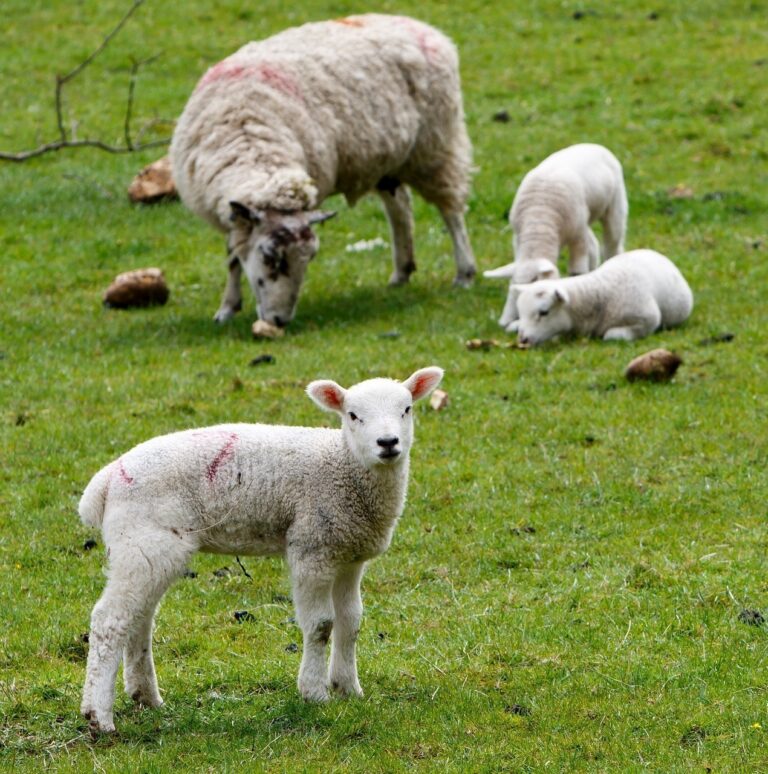Weaning is the act of separating the nursing calf from its mother and the transition from milk feeding to solid food. This practice produces a state of stress in both the ewe and the lamb, which has negative effects on the health of both. One way to mitigate this is by applying the progressive feeding method, which is one of the proposals of the Eurosheep Project.
As a starting point, it is recommended that calves should not be weaned until they reach 3 to 4 times their birth weight or 12 to 13 kilograms live weight. Weight at weaning influences subsequent growth rate and should be considered as an important criterion for determining the separation between mother and lamb.
Progressive feeding method
In sheep production, the traditional method of weaning is the abrupt separation, the lambs are separated from their mothers without applying any previous routine. The progressive feeding method suggests following certain guidelines, applied gradually, so that the weaning process causes as little stress as possible to the animals.
The first indication to follow is the supply of good quality forage (the grass or pasture that is given to the cattle to feed) and a mixture of concentrates from 10 days of life of the lamb. Feed should also be replaced daily and clean drinking water should be provided.
Also, 200 to 250 grams of feed should be fed per head per day, from 20 days of age until weaning. Feeding troughs should be covered to minimize feed contamination. It is important that the feeding area is dry and well settled, it should be long enough so that most of the lambs can be in it at the same time.
Another indication is that security gates should provide 20 to 30 centimeters of space to allow lambs in, but keep ewes out. As the lambs reach 4 to 6 weeks of age or older, the coarser feed becomes more palatable. During this period, the lambs' feed can be gradually changed from a "pelletized" or to a ration containing corn grits and supplement (16% - 18% crude protein).
Benefits
The benefits of the progressive feeding method include the reduction of stress generated by weaning, good rumen development, competition from dam and suckling lambs for pasture is avoided and, economically speaking, lambs could be marketed earlier for higher prices.



